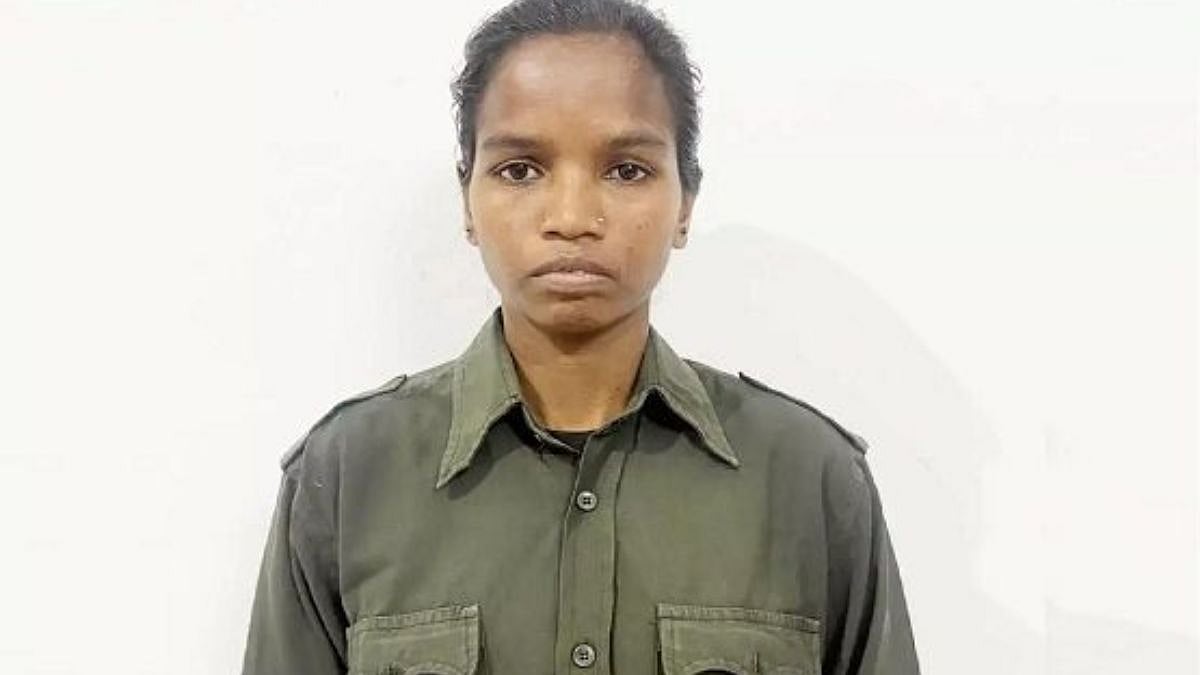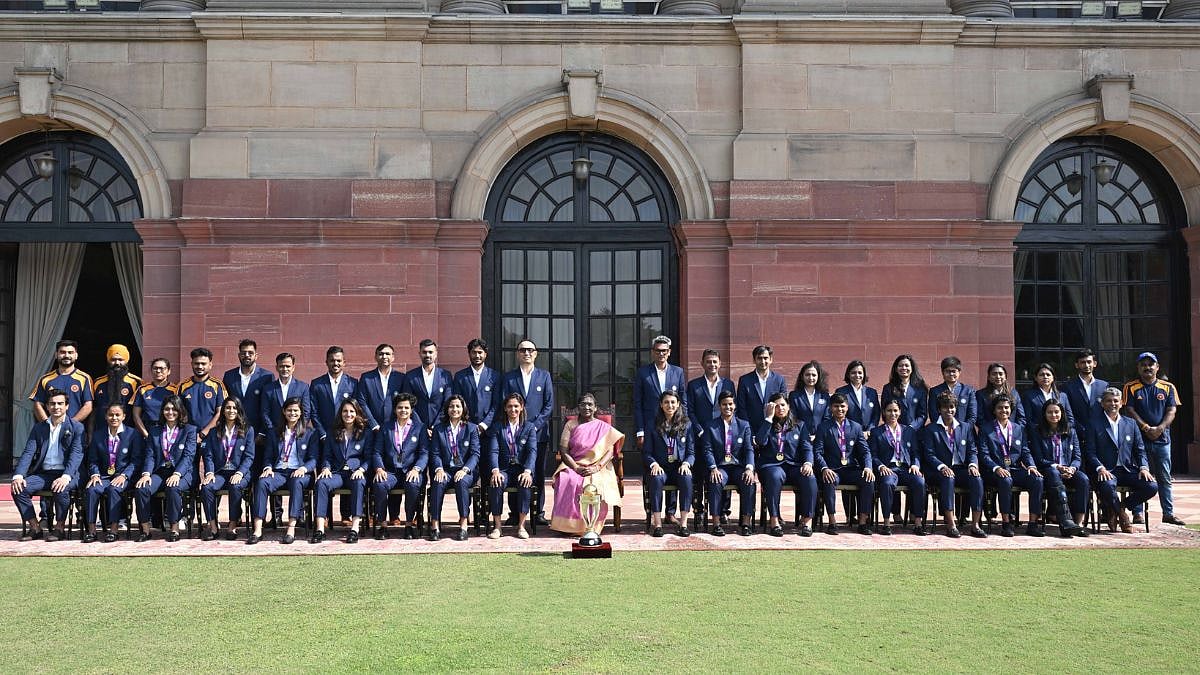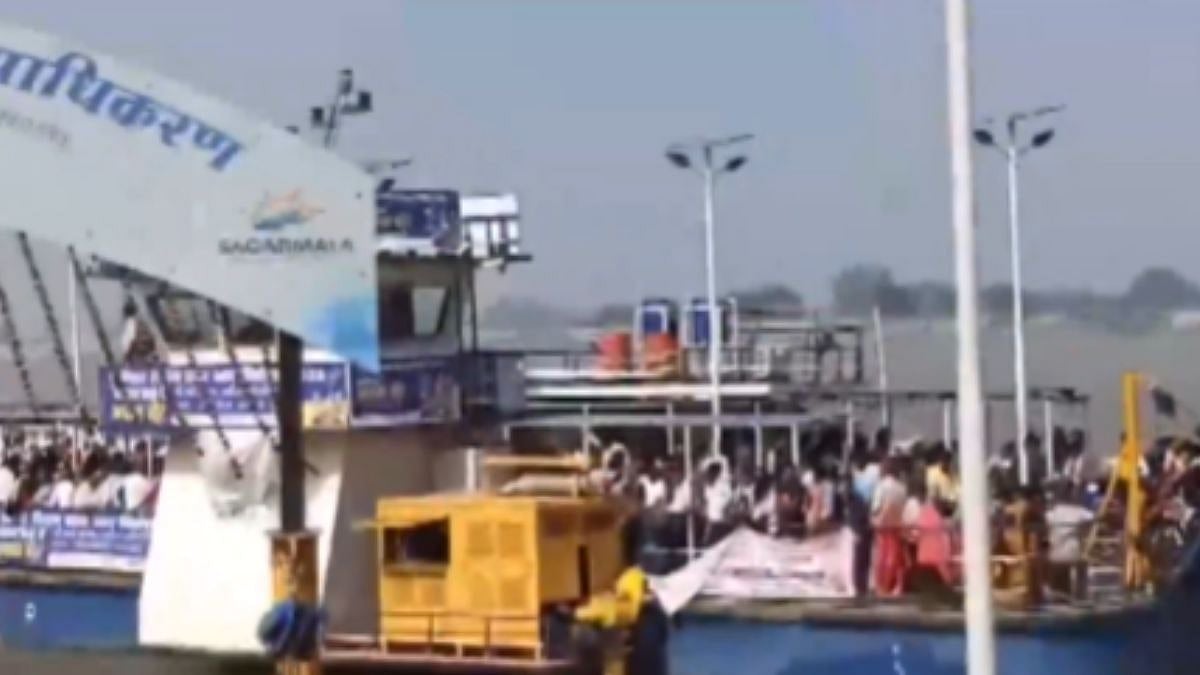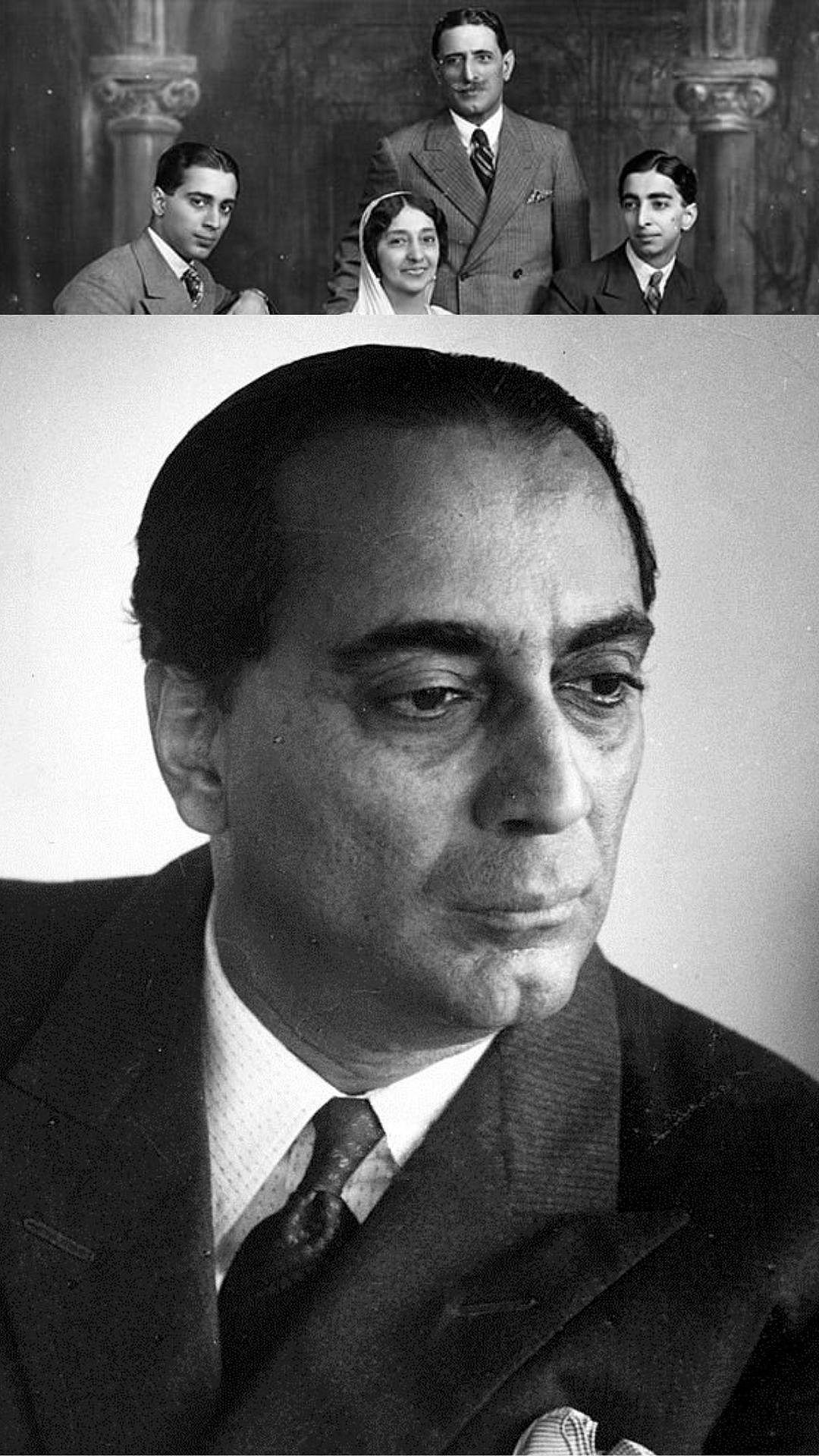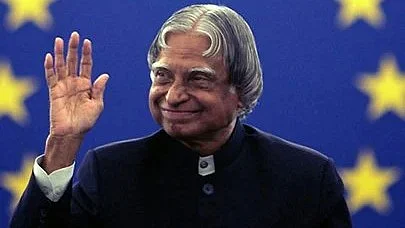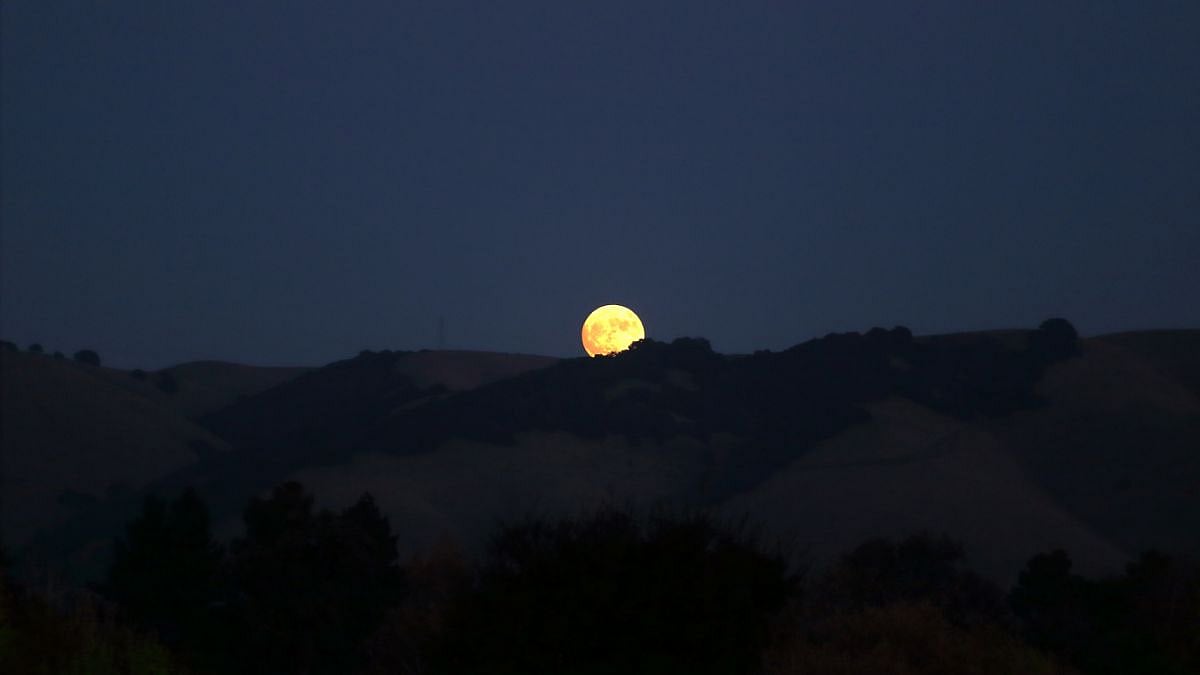Pune: As Covid-19 derailed several projects, Laser Interferometer Gravitational-Wave Observatory- India (LIGO-India) too was one among them. However, a wave of happiness was felt among the scientific community on Friday, after the cabinet gave a nod to set up and construct the detector at an estimated cost of Rs2,600.
India is building the third LIGO detector in the Hingoli district in Maharashtra which is now likely to be completed by 2030. Earlier it was to be built and operational by 2025. Pune-based Inter-University Centre for Astronomy and Astrophysics (IUCAA) along with the Institute for Plasma Research (IPR), Raja Ramanna Centre for Advanced Technology (RRCAT) along with the Department of Atomic Energy are jointly working on building LIGO-India.
Talking to Free Press Journal, LIGO India spokesperson and researcher at IUCCA Sanjit Mitra said, “It is certainly good news for us. Cabinet had given the nod in principle in 2016 after the gravitational signals were first detected in 2015”.
Nobel for gravitational signals detection in 2017
Interestingly, the gravitational signals were detected by observatories at Handford and Livingston in the US and some 40 Indian scientists were part of this key discovery, which had also bagged a Nobel prize in Physics in 2017.
Hingoli- New LIGO India site
The third detector which can detect gravitational waves would be installed by IUCAA at the LIGO India site which is Dudali village in Hingoli taluka of Maharashtra state.
"Now the challenge for us would be installing, commissioning and implementing it”, said Mitra. He also said that the development of human resources for the project is also equally a task. “We need highly trained staff to handle and work on the project”, he said.
“We have been training the undergraduate students who were given hands-on projects while for senior researchers broader and general projects have been identified. We have been involved in computing parts all these years. We do not have the detector but were involved in the supercomputing required for it with our international collaborators”, he said.
Land-acquisition milestone was already achieved
"Land-acquisition milestone was already achieved, now with this nod, we can look for material, companies working in various fields and scaling-up of the project too is required”, he said. "We have been working with various other institutes like the Indian Institute of Science, Education and Research (IISER), Savitribai Phule Pune University, BITS, Tata Institute of Fundamental Research (TIFR), various Indian Institutes of Technology (Bombay, Madras among others) and several others.
Education and outreach programmes too will be undertaken further”, he added.
What are gravitational signals?
The existence of gravitational signals were first predicted by Albert Einstein 100 years ago in his general theory of relativity. Massive accelerating objects - such as neutron stars or black holes orbiting each other – would disrupt space-time in such a way that ‘waves’ of distorted space come out from the source. These ripples travel at the speed of light through the universe, carrying with them information about their origins, as well as invaluable clues to the nature of gravity itself.
The Laser Interferometer Gravitational-wave Observatory (LIGO) project
• LIGO-India is a planned advanced gravitational-wave observatory to be located in India as part of the worldwide network
• Since it is a multi-disciplinary project, it will bring together scientists and engineers from different fields like optics, lasers, gravitational physics, astronomy and astrophysics, cosmology, computational science, mathematics and various branches of engineering.
• Once in place, a third detector would be able to 'triangulate' the source of gravitational waves and thus make other, more detailed observations.


